A few tweaks in the format
In last year’s edition of the American Cup, participants played a single classical game on day 1 of each match. On day 2, a second classical game followed, and in case of a 1-1 score, a series of rapid and blitz encounters (played that same day) broke the tie. As these rapid play-off games had a time control of 25 minutes plus 10-second increments, players often had to fight for many hours before finding a winner.
To resolve this problem, the organizers now set up a system with a classical game and a rapid game on each of the two days. Moreover, the rapid time control has been changed to 15 minutes plus 10-second increments, accelerating the whole process.
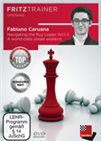 The Ruy Lopez is one of the oldest openings which continues to enjoy high popularity from club level to the absolute world top. In this video series, American super GM Fabiano Caruana, talking to IM Oliver Reeh, presents a complete repertoire for White.
The Ruy Lopez is one of the oldest openings which continues to enjoy high popularity from club level to the absolute world top. In this video series, American super GM Fabiano Caruana, talking to IM Oliver Reeh, presents a complete repertoire for White.Therefore, all contenders will play at least one rapid game, though they might be knocked out — of the champions bracket in this case — after the first classical game of day 2.
In the open section, the one player who got a 2-0 victory on Tuesday was rating favourite Fabiano Caruana, who beat Grigoriy Oparin first with white (in the classical game) and then with black (in rapid).
Meanwhile, Wesley So beat Sam Shankland by a 1½-½ score, after winning the rapid encounter, and the remaining two matches finished with a 1-1 score — i.e. Levon Aronian v. Sam Sevian and Leinier Dominguez v. Ray Robson.
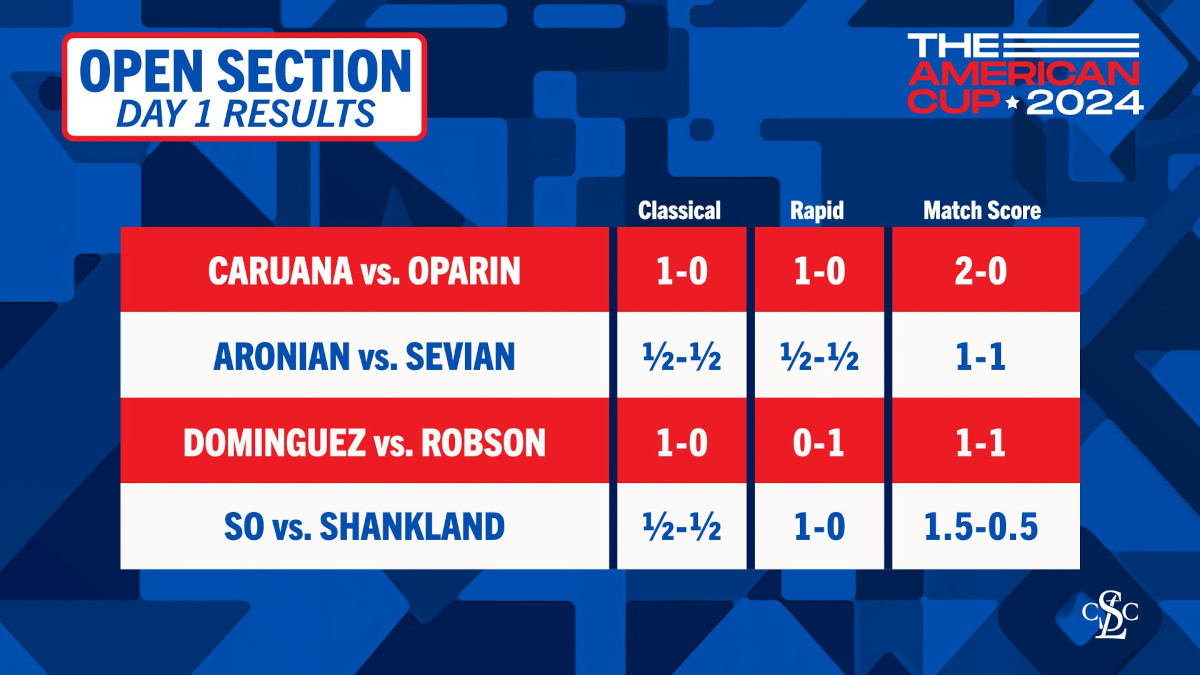
Caruana first won with white, attacking on the kingisde after Oparin mishandled the position in the early middlegame.
26.g5 converts White’s strategic edge into a more tangible advantage. Caruana then improved his pieces, transferring his knight to e5 and doubling his rooks on the f-file.
This is how the position looked after 35.Ref1
Despite the material balance, White is completely winning thanks to his strong initiative and his dominating knight on e5. Caruana soon gained an exchange, before prompting his opponent’s resignation on move 48.
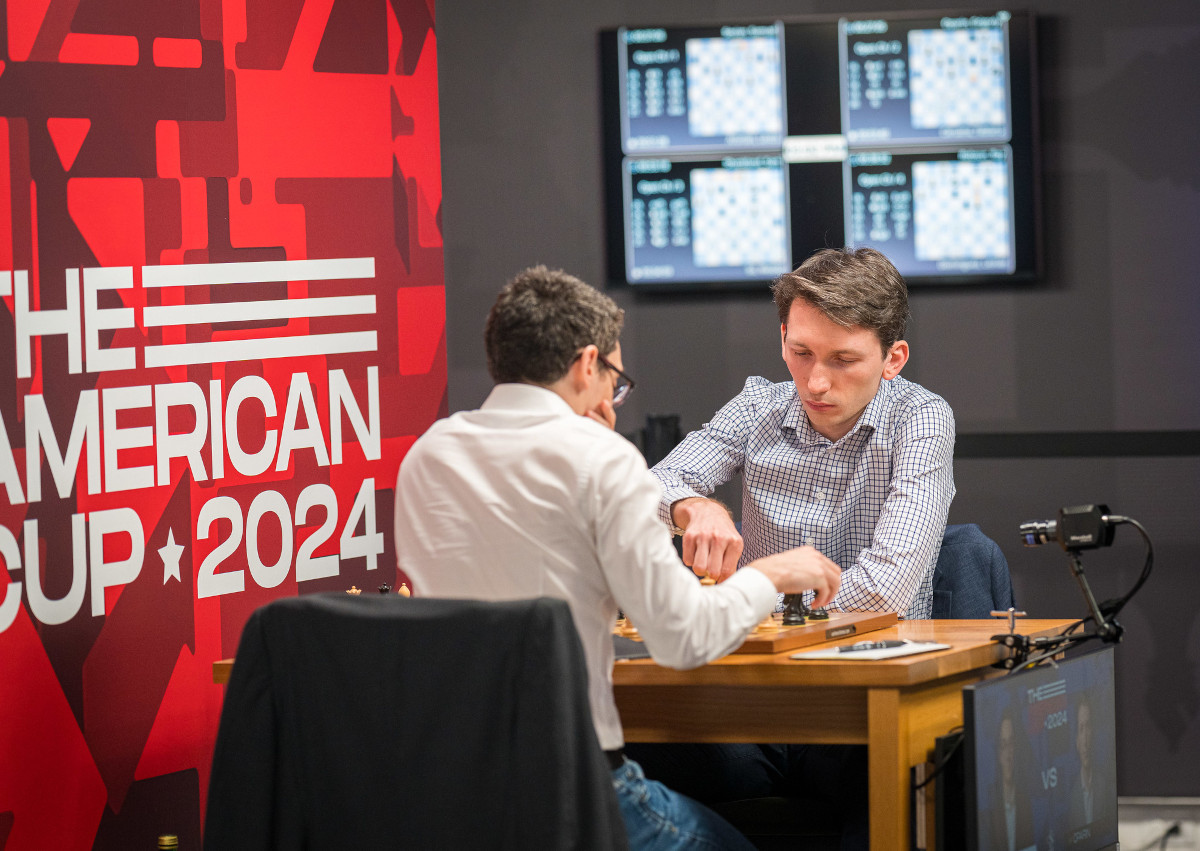
A tough pairing in the first round for Grigoriy Oparin | Photo: Lennart Ootes
Not surprisingly, Leinier Dominguez and Ray Robson, two of the most principled players in the circuit, played two exciting, time-pressured games.
By move 34 of their classical encounter, a sharp Sicilian, Dominguez had 2 minutes to Robson’s 30 seconds. Engines gave White a clear advantage, but there were still plenty of tactical fireworks left to be played.
Robson went all-in with 34...Rxa3, and it turned out that Dominguez could defend and even increase his advantage after the ensuing tactical sequence — 35.bxa3 Ne3 36.Qd3 Qa5 37.Qxe3 Rxc3+
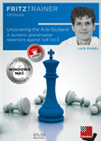 This Fritztrainer offers you the perfect addition to any Sicilian or Najdorf repertoire, and covers all the minor variations that White has tried to avoid the open Sicilian.
This Fritztrainer offers you the perfect addition to any Sicilian or Najdorf repertoire, and covers all the minor variations that White has tried to avoid the open Sicilian.White consolidates here with 38.Qxc3 Qxc3+ 39.Nc2, as his knight is a great defender. Dominguez needed eight more moves to secure the win.
Robson bounced back in the rapid game, showing good technique in a queenless position to get a 40-move victory.
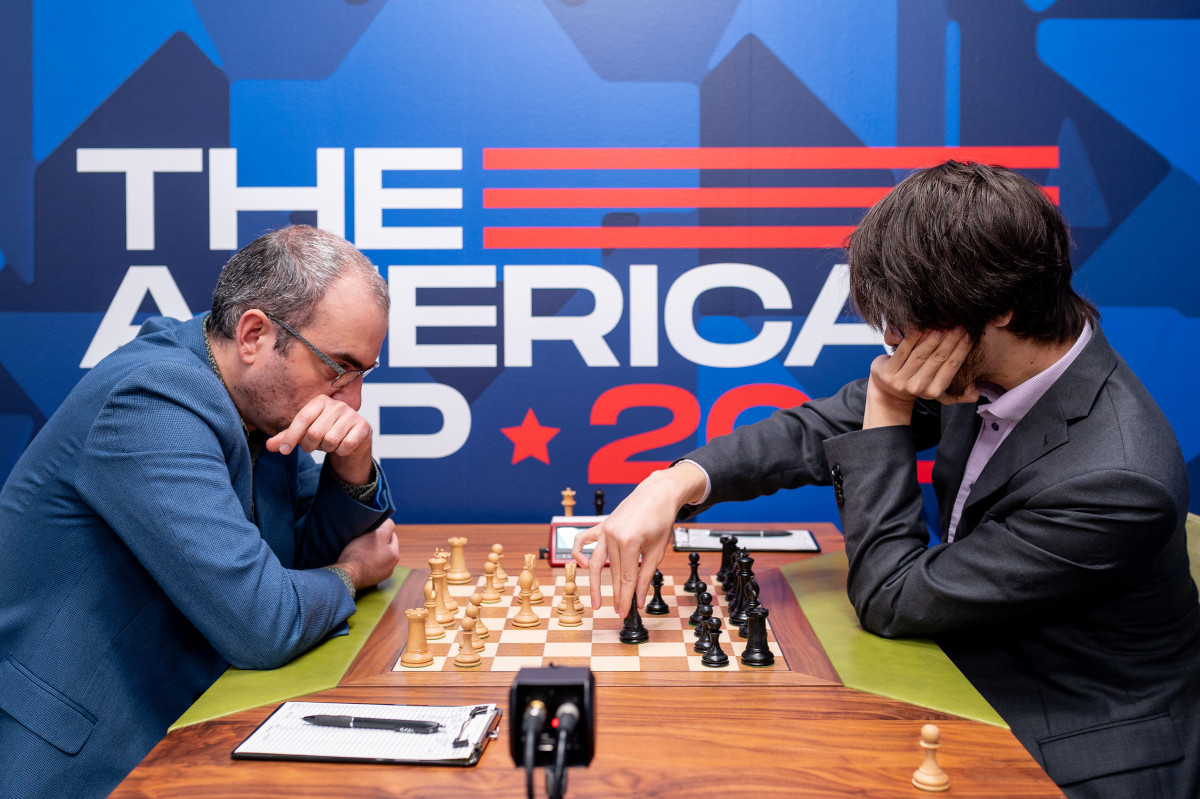
A sharp Sicilian in Leinier Dominguez v. Ray Robson | Photo: Crystal Fuller
All games
Women’s: Paikidze, Lee and Tokhirjonova with 2-point leads
Six out of eight participants in the women’s section played in last year’s event, with Jennifer Yu and Zoey Tang making their debuts in the knockout tournament.
Three out of four matches saw one of the contenders getting a 2-point lead on the first day of action. Curiously, the match with the biggest rating gap between the adversaries was the one that ended drawn — i.e. Irina Krush (rated 2421) v. Zoey Tang (2253). Krush, an 8-time U.S. women’s champion, is also the rating favourite and the defending champion.
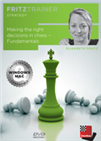 In a total of 6 chapters, we look at the following aspects: the right decision based on tactical factors, decisions in exchanges and moves, complex and psychological decisions in longer games and in defence.
In a total of 6 chapters, we look at the following aspects: the right decision based on tactical factors, decisions in exchanges and moves, complex and psychological decisions in longer games and in defence.Meanwhile, Nazi Paikidze, Alice Lee and Gulrukhbegim Tokhirjonova grabbed consecutive wins, and only need a half point on Wednesday to win their matches.
All eight games in the women’s section ended decisively on Tuesday.


Zoey Tang beat defending champion Irina Krush with black in their classical encounter | Photo: Lennart Ootes
For a second year in a row, Nazi Paikidze (a 2-time U.S. women’s champion) has been paired up against Anna Zatonskih (a 4-time U.S. women’s champion). Paikidze won the match last year, and grabbed two wins on the first day of the match this time around.
In the rapid confrontation, Zatonskih failed to find the one defensive move that would have kept the balance on move 39 — moreover, she failed to foresee a checkmating idea.
Black’s 39...c3, pushing her queenside majority, immediately fails to 40.Bxh7, and there is no way to prevent Rg5-g8#, so Zatonskih resigned.
Instead, Black could have kept the battle going with 39...Ne6, attacking the rook on g5, and White cannot play 40.Rg4, maintaining the deadly threat, due to 40...h5.
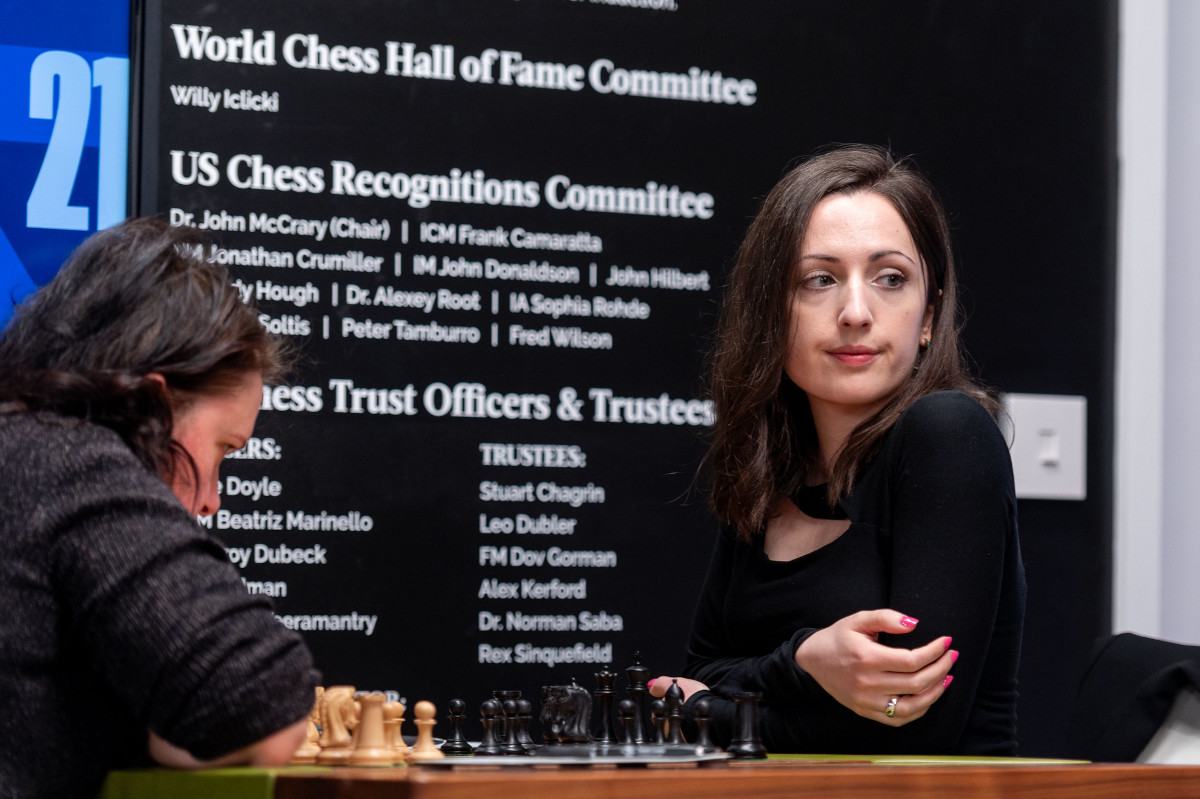
Nazi Paikidze | Photo: Crystal Fuller
All games
Links
.jpeg)




























